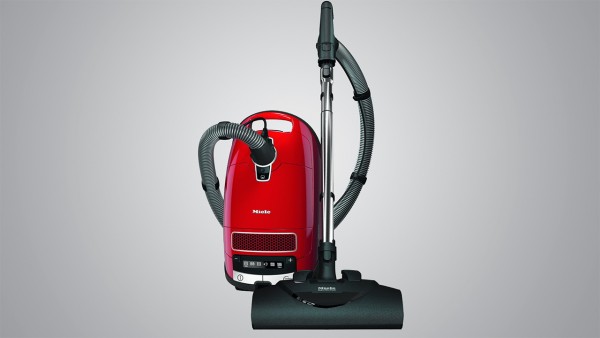Hay fever is an extremely common allergy. Around 7.8% of adults suffer from hay fever at some point in their lives, making summer unenjoyable. But what causes hay fever?
Quite simply, hay fever sufferers are allergic to pollen. Symptoms include a runny nose, itchy eyes, and constant sneezing. Some would say that it is like having a common cold, 24/7, but hay fever doesn’t clear up in a week. Instead, the immune system sees pollen as an invader and reacts accordingly. However, there’s the possibility that your hay fever symptoms could relate to something else entirely. Allergy treatments and testing will determine whether pollen or another allergen cause your symptoms. It’s the only way to be sure pollen is the cause of your misery.
Different Types of Pollen
There are different types of pollen. Trees release pollen during the spring, grass pollen circulates throughout the summer, and weeds release pollen in the fall. Winter may bring blessed relief, but the risk of a cold could make you feel equally as bunged up. Fortunately, there are many things you can do to keep the symptoms of hay fever at bay.
Tackling the Symptoms of Hay Fever
The best thing you could do is take an antihistamine tablet once a day. These are available over the counter but look for a non-sedative variety. An antihistamine can lessen most symptoms.
However, if your eyes are the usual victims of hay fever, use anti-inflammatory eye drops to keep your eyes refreshed. You can also get a nasal spray to clear up your nostrils. Both these practices can be effective in treating hay fever, but you should administer them regularly to keep the symptoms at bay.
Pollen sticks to our hair and clothing, so to prevent the spread of pollen, shake your hair and remove outdoor clothing when you come indoors. It’s a good idea to shower on a daily basis to remove pollen from your skin and hair, and if you play outdoor sports, shower once you’ve finish. Also, consider wearing sunglasses to protect your eyes from pollen in the air.
Be scrupulous about vacuuming indoors. Invest in a vacuum cleaner with an HEPA filter, as this will trap pollen and prevent it from recirculating around the house. Hoover once a day and keep windows closed on days when the pollen count is high as this lessen the chances of pollen in your house. If you have an HVAC unit at home, check whether the filter traps pollen. The same applies to a car with an air conditioning unit.

Pollen is at its worst early in the morning, so it is best to go for midday or afternoon walks and runs. This is also why any antihistamines should be administered in the morning for the full benefits. Additionally, always check the pollen count before you head outside and avoid woods and grassy meadows.
Do You Need Extra Help to Manage Your Hay Fever?
Severe hay fever requires professional intervention, as it can trigger asthma. Speak to your doctor and ask for a referral to an allergist. They will be able to prescribe stronger medications to keep your symptoms under control during hay fever season.